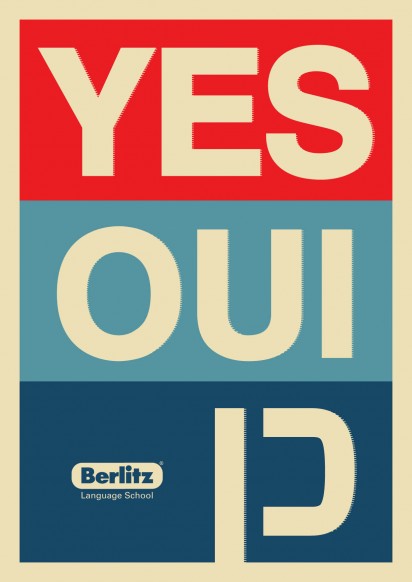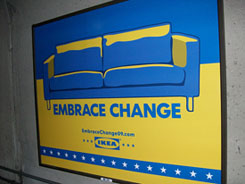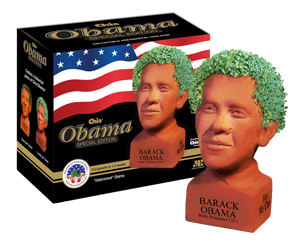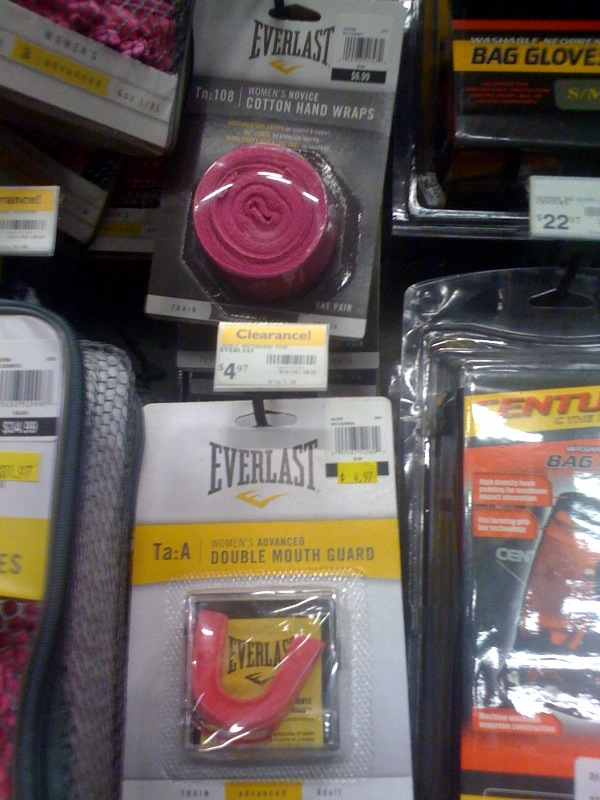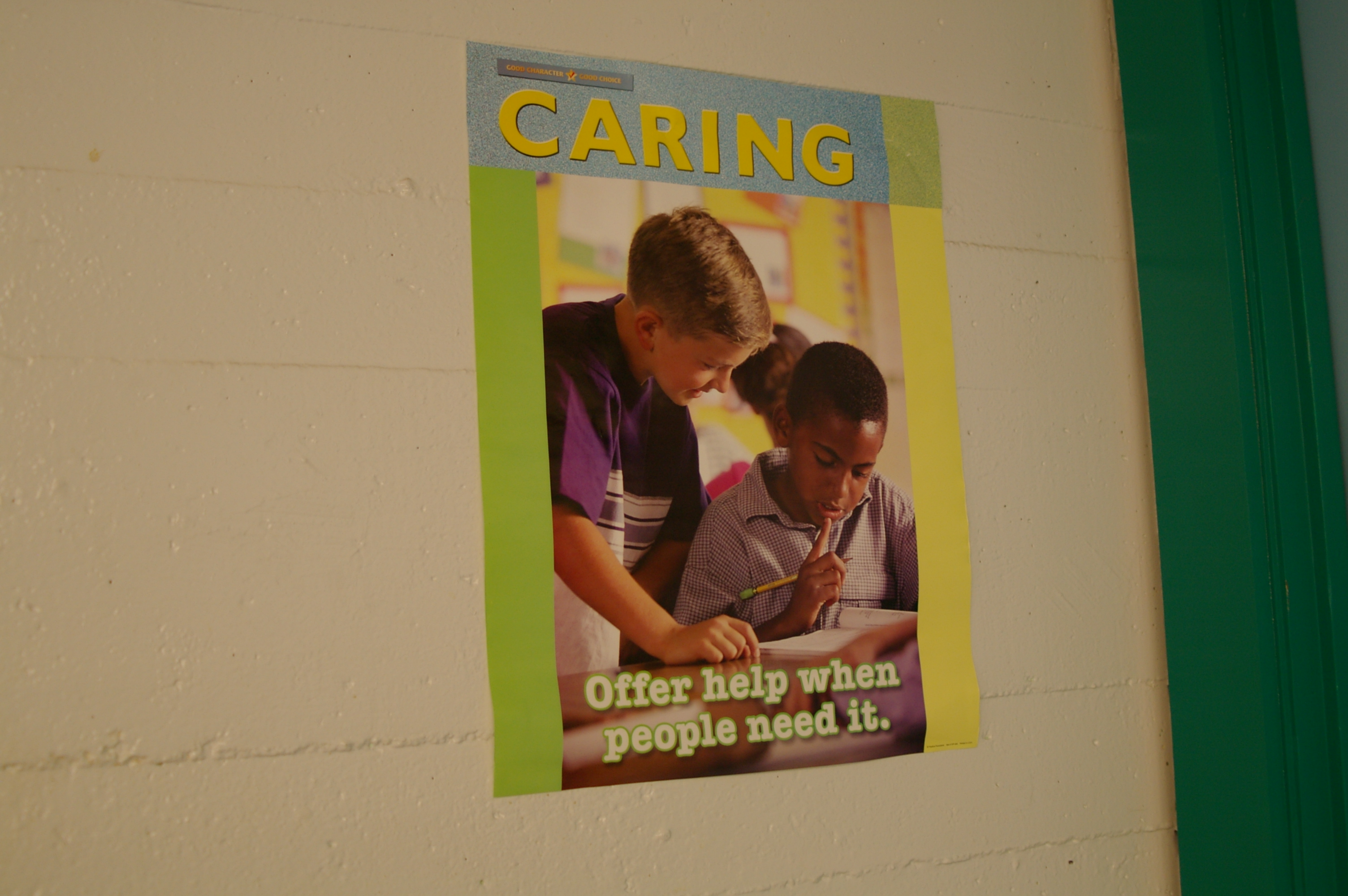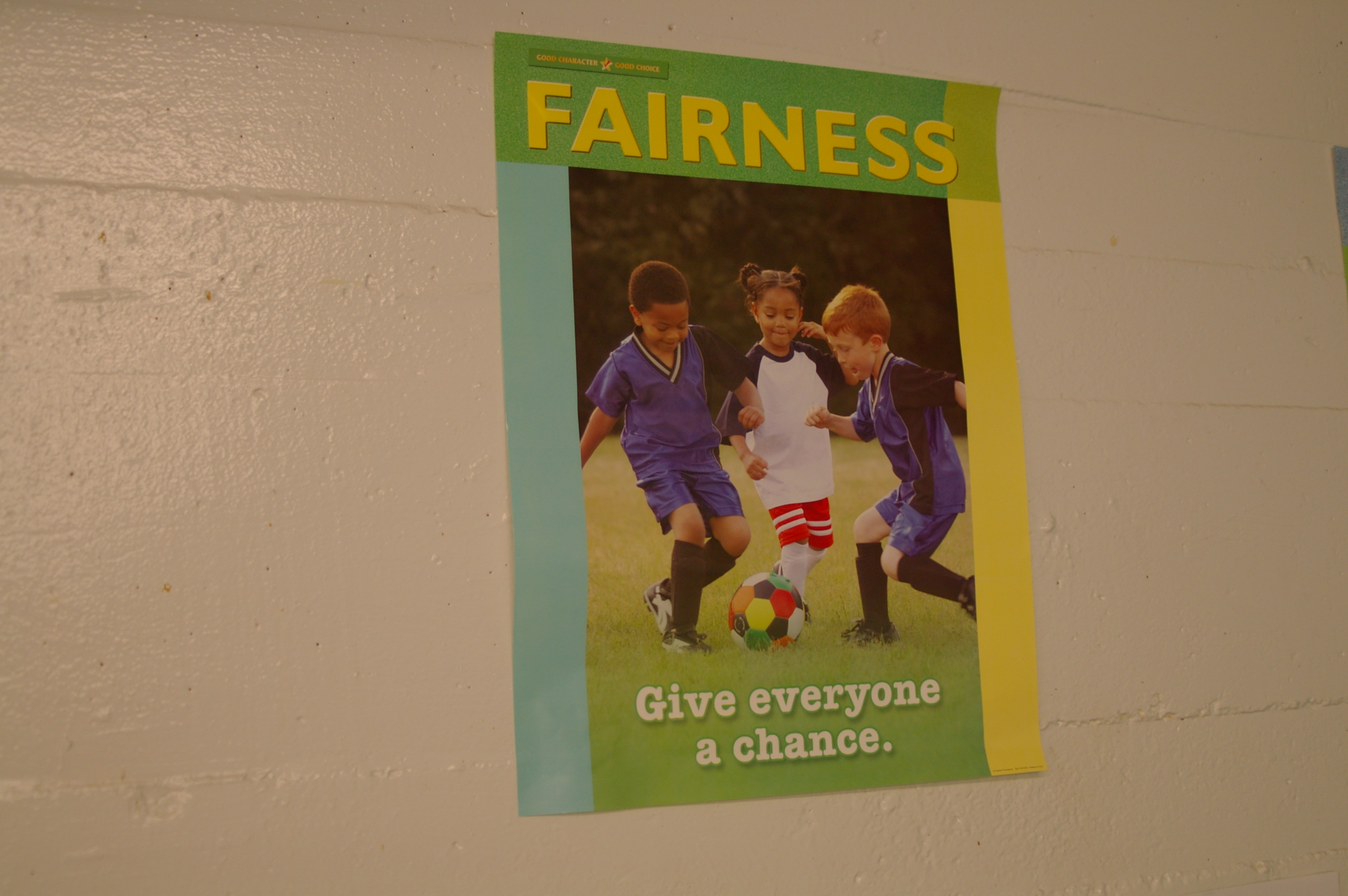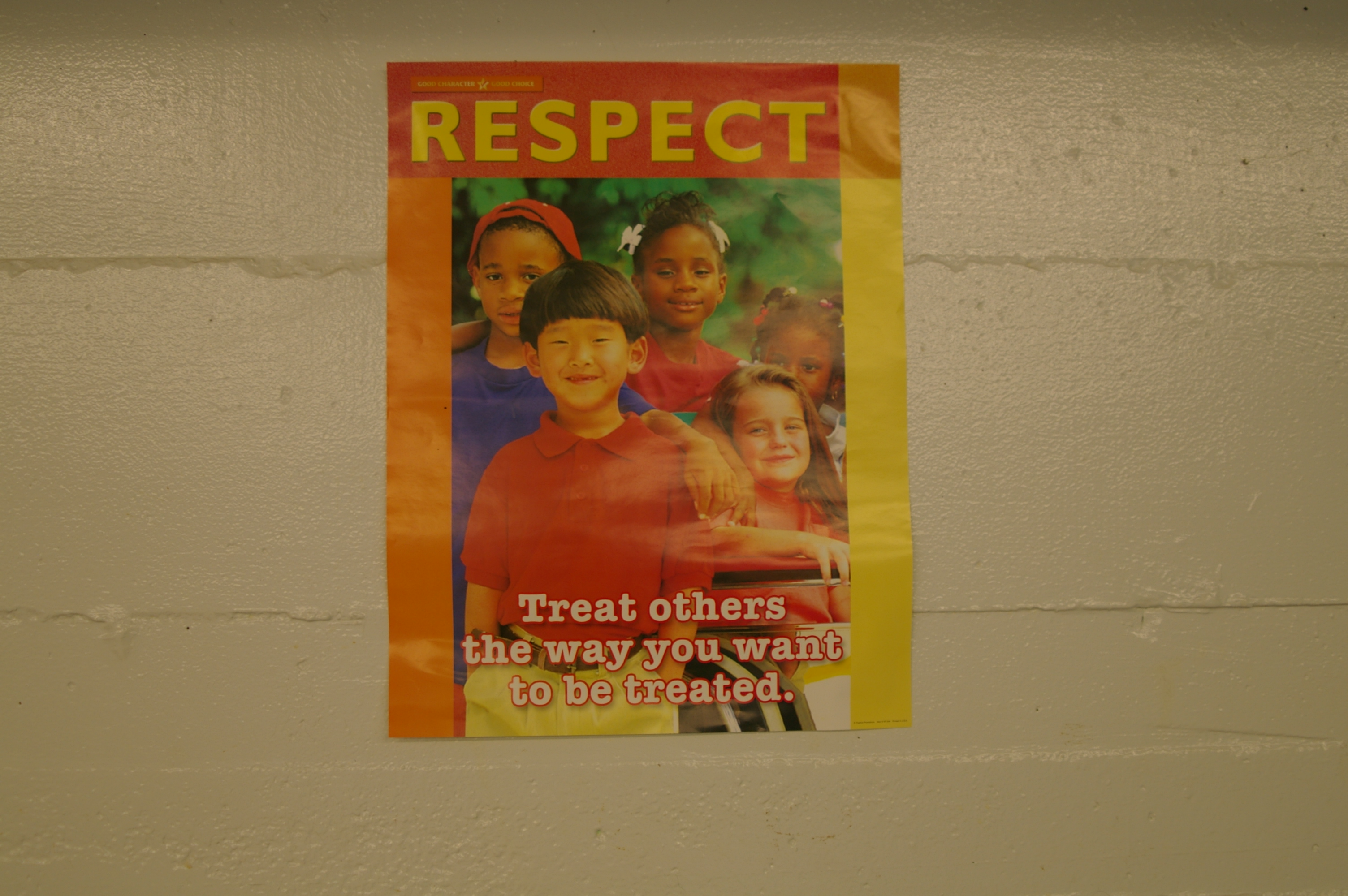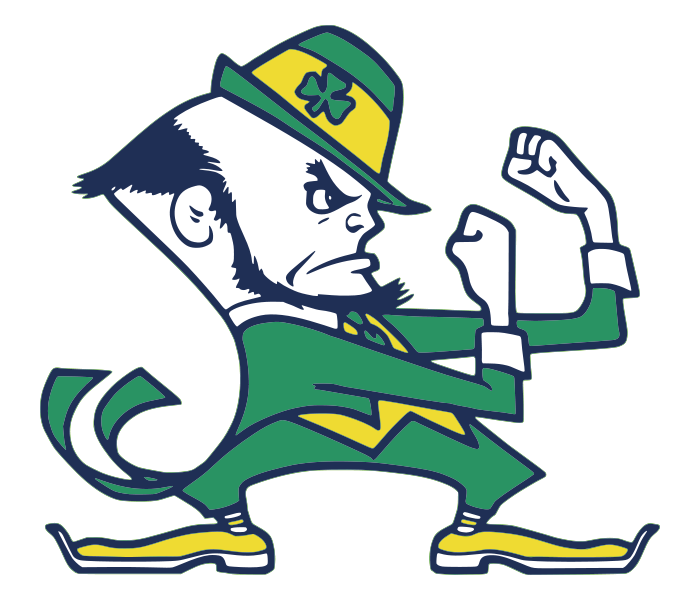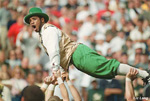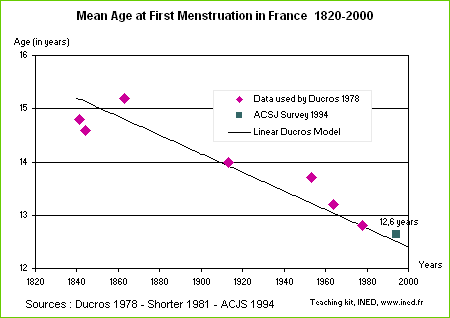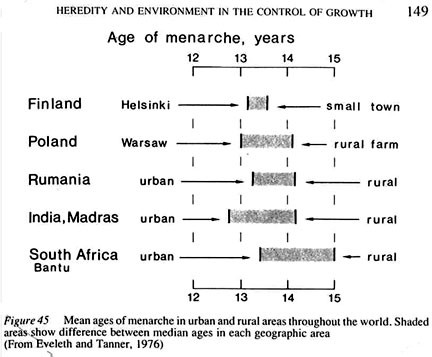I am curious as to what you, Readers, think of the recent rash of advertising capitalizing on Obama’s “brand.” Here are some examples (found here, here, here, and here).
Budweiser American Ale:
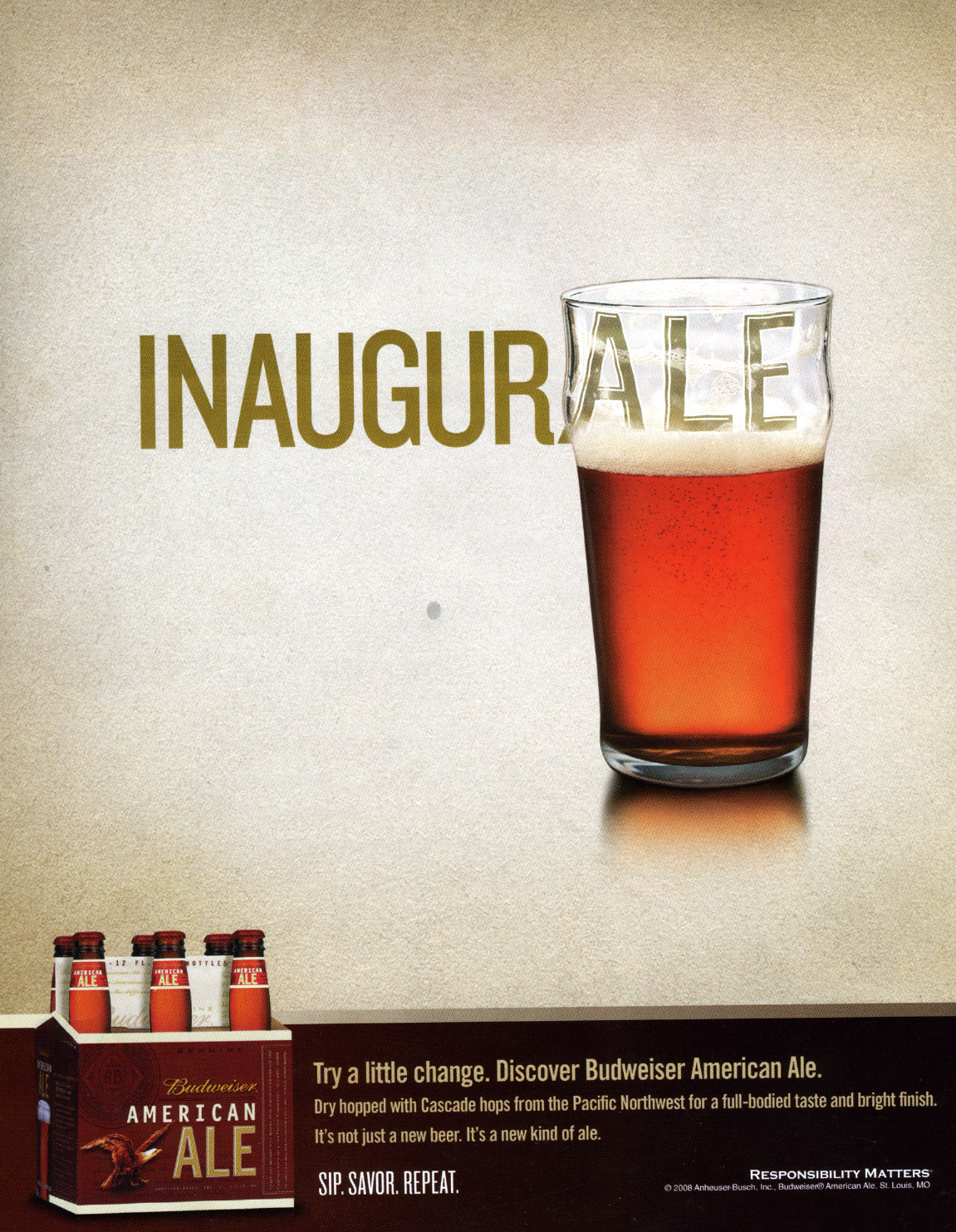
A language school in Israel:
Ikea:
In other posts we’ve suggested that ads that appropriate feminism trivialize gender inequality and ultimatly undermine feminist efforts to attain social justice for women (see here, here, here, here, here, here, here, here, here, and here). Like many of the “feminist” ads, these ads seem to be genuinely celebrating Obama’s election. Do they? Or do they trivialize everything he claim to stand for and the difficult road ahead for both him and the country? Something in between? Something else entirely?
What do you think?
NEW: Breck C. pointed out the Obama Chia Pet:
Amid a controversy that the Obama Chia pet was racist, Walgreens pulled the product.
Lisa Wade, PhD is an Associate Professor at Tulane University. She is the author of American Hookup, a book about college sexual culture; a textbook about gender; and a forthcoming introductory text: Terrible Magnificent Sociology. You can follow her on Twitter and Instagram.

